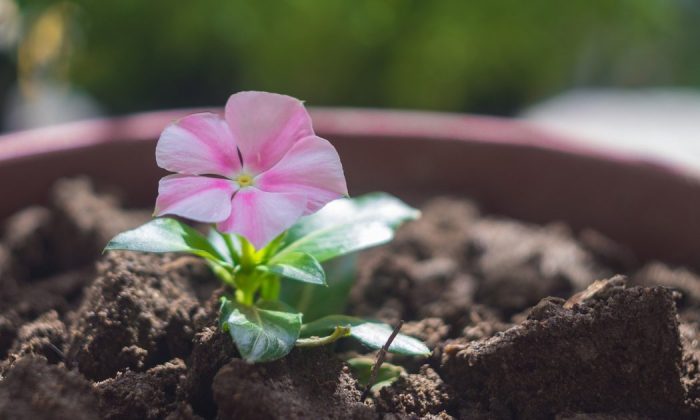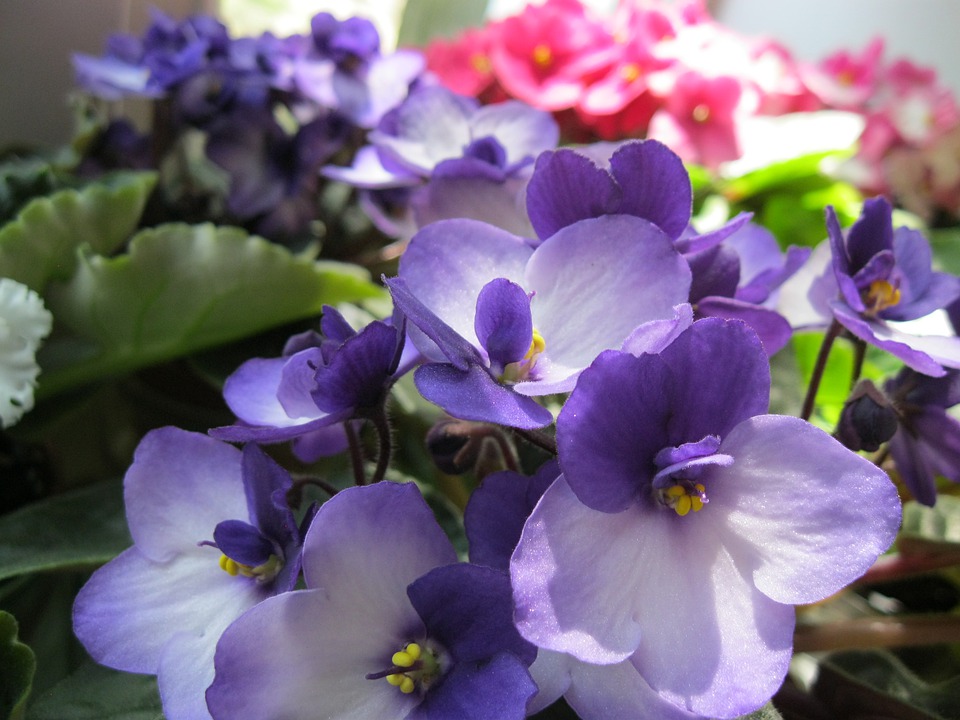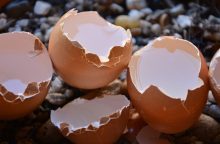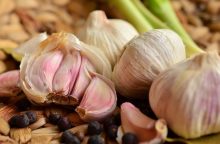White coating in a flowerpot. Learn how to recognize mould from regular sediment

We are all aware of this problem well. Plants are doing great, but the surface in the pot is covered with an unsightly grey or white layer. Is this phenomenon dangerous? And is there anything you can do about it?
You could ask this question right about now during the cold winter months, as the white coating usually appear during winter. There are two problems you may encounter: the deposit may indeed be a mould but it may also be a harmful coating. So, how can you tell the two apart and what can you do about it?
Photo: Pixabay
White coating – a mineral deposit
If it is white, we usually tend to think that it as mould, but that is usually wrong. Minerals used in a fertilizer can also cause this unsightly coating as they wash out onto the surface but sometimes even plain hard water can cause whitish deposits. So, how can you tell? Try rolling the white stuff between your fingers. Mineral deposits usually crumble and they rarely form a continuous coating. They often appear due to upwelling, and this usually happens if you pour water in the flowerpot saucer only.
The solution is to pour water on the soil surface from time to time. You may also remove the top soil with the coating and replace it with fresh soil. If the whitish layer is small and thin, fluff the soil up and that should be it. You can also cover the white deposits with decorative stones. This will not harm the plant in any way and your flowerpot will get a decorative touch.
White coating – mould
Check if the coating is soft and whether it resembles fur. If so, then you got mould. It thrives in winter because plants are usually dormant and a large portion of water remains unused. That is the reason why you should limit watering during the winter. If possible, let the flowerpot dry thoroughly and move it to a bright and warm location. You may also try to remove the infected soil. It may actually help. However, if the mould had enough time to grow strong you may need to replace all soil in the flowerpot. As with any other problem, you need to address it as soon as possible.
Preview photo: Pixabay

Gardening is my hobby, I have a lot of experience and I am happy to share it.









0 comments